
Roots
The very essence of a strand of textured hair holds within its spiral a lineage stretching back through time, a story etched in every twist and turn. For those whose ancestry traces through the vibrant lands of Africa and across the diaspora, hair is not merely a biological outgrowth; it is a living archive, a repository of identity, status, and collective memory. Before the jarring ruptures of colonial imposition, African societies articulated intricate social structures, spiritual beliefs, and personal narratives through the nuanced language of hair. Braids, twists, and sculpted forms served as profound markers, communicating a person’s tribe, age, marital status, wealth, and even their religious affiliations.
(Tharps, 2001). Hairstyles were customized for every occasion, from ceremonies celebrating a birth to preparations for soldiers departing for war, functioning as a nonverbal lexicon understood across communities.
Early rulings, emanating from a place of profound misunderstanding and deliberate dehumanization, could not grasp this elemental truth. They saw not a heritage, but a defect; not a cultural expression, but an untamed anomaly. This fundamental misinterpretation laid the groundwork for policies that severed the deep connection between textured hair and its ancestral blueprint, viewing its natural form as an obstacle to be tamed, hidden, or punished.
These rulings often stemmed from pseudo-scientific categorizations that sought to justify oppression by classifying Afro-textured hair as closer to animal fleece than human hair. Such harmful classifications were not just academic exercises; they were the insidious underpinnings for the systemic devaluation of Black bodies and the rich traditions intertwined with them.

The Genesis of the Strand
The biophysical characteristics of textured hair – its helical shape, the unique distribution of disulfide bonds, and the elliptical cross-section – represent a remarkable feat of natural selection. These attributes served an important function in ancestral environments, offering protection from the sun’s harsh ultraviolet rays and aiding in thermoregulation. Understanding these inherent biological distinctions is critical, a point utterly missed by early legal and social decrees.
These rulings rarely considered the inherent differences in hair biology, instead applying a universal standard of “neatness” or “professionalism” rooted in Eurocentric hair textures. Such a monolithic standard ignored the very biological reality of Black and mixed-race hair, setting up a system where its natural state was inherently deemed problematic.
Early legal frameworks, blinded by prejudice, failed to recognize the profound biological and cultural significance of textured hair, deeming its natural forms disorderly.
The language used to describe textured hair in these early periods further illustrates this failure. Terms like “woolly” and “kinky,” still unfortunately present in modern discourse, carry a history of derogatory association, directly linking hair texture to animalistic qualities. This linguistic degradation was not incidental; it was a deliberate act, mirroring the broader dehumanization of enslaved Africans and their descendants. The legal system, in its early formulations, often adopted this debasing terminology, thereby codifying a biased understanding of human diversity.
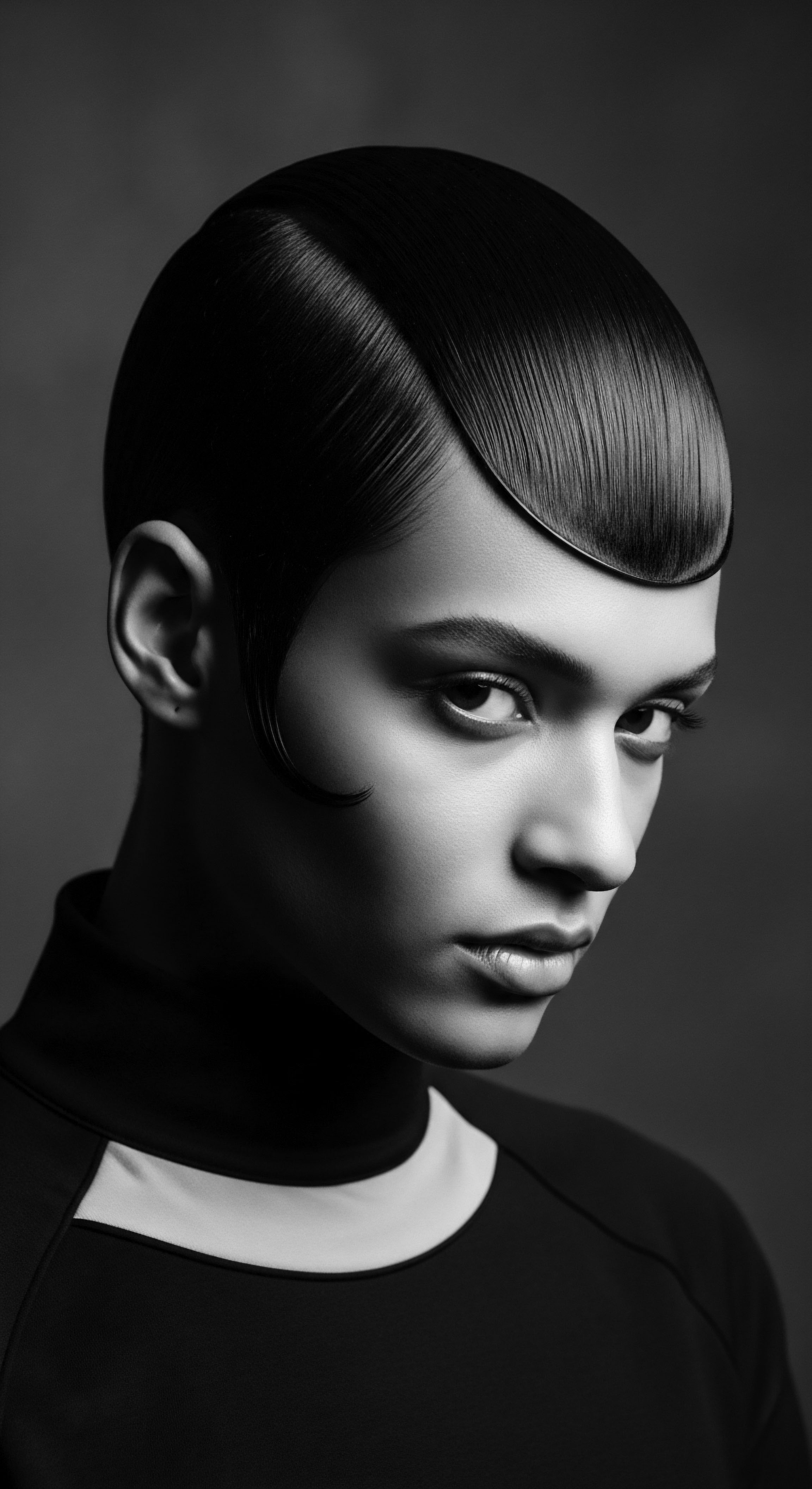
Ancestral Blueprint of Care and Connection
For millennia, African societies developed sophisticated hair care practices attuned to the unique needs of textured hair. These practices were communal rituals, passed down through generations, strengthening familial and community bonds. The intricate processes involved washing, oiling with indigenous herbs and oils, and then styling, a process that could span hours or even days. Tools, too, held a special place; combs and picks were often crafted from natural materials, symbols of a connection to the land and a deliberate approach to care.
These traditions were disrupted with the transatlantic slave trade, as enslaved individuals were stripped of their dignity and their hair often shaved as a measure of dehumanization and a severance from their cultural ties. This act, seemingly simple, was a powerful ruling against identity, a deliberate attempt to erase a heritage.
The imposition of the tignon laws in Louisiana in 1786 serves as a potent historical example of early rulings directly targeting textured hair heritage. These laws mandated that free Creole women of color cover their hair with a tignon, a scarf or handkerchief, regardless of their free status. The stated purpose was to signify their supposed inferior status to white women, directly curtailing their autonomy and public expression through elaborate hairstyles, which were often a mark of their prosperity and cultural pride. This was a legal ruling that did not merely dictate appearance; it attacked the very core of identity, a visual proclamation of subjugation that weaponized the headscarf.
This ruling, while specific to a region, mirrored broader societal pressures to conform to Eurocentric beauty standards. The visible assertion of a unique aesthetic became a threat to the established racial hierarchy, compelling legislative intervention.
| Era/Context Pre-Colonial Africa |
| Description of Textured Hair Diverse styles (braids, twists, locs) |
| Perceived Value/Social Implications High social, spiritual, and identity marker; communication of status |
| Era/Context Transatlantic Slave Trade |
| Description of Textured Hair "Woolly," "kinky," "dreadful" |
| Perceived Value/Social Implications Dehumanization, sign of inferiority; hair shaving as punishment |
| Era/Context Post-Slavery/Jim Crow |
| Description of Textured Hair "Bad hair," "unkempt," "unprofessional" |
| Perceived Value/Social Implications Barrier to employment, education, social acceptance; pressure for chemical straightening |
| Era/Context This table illustrates the historical trajectory of how early rulings and societal norms systematically devalued textured hair, contrasting sharply with its ancestral significance. |
Even after the formal abolition of slavery, the legacy of these dehumanizing classifications persisted, finding new forms in institutional regulations and unspoken social codes. The notion that “good hair” was straight and “bad hair” was coiled became deeply ingrained, a pervasive standard in schools, workplaces, and public spaces. This imposed aesthetic became a de facto ruling, influencing self-perception and limiting opportunities for those unwilling or unable to alter their natural hair.

Ritual
The transformation of hair, from its inherent biological structure to an adorned expression, embodies a profound journey—a ritual extending beyond mere aesthetics. For Black and mixed-race communities, this process has always been steeped in cultural meaning, a communal act of care, resilience, and identity affirmation. Styling textured hair has been an art passed through generations, each braid, twist, or sculpted form a testament to ancestral ingenuity and a living connection to heritage.
Early rulings, however, often targeted these very acts of expression, mischaracterizing traditional styles as unkempt, unprofessional, or even rebellious. These judgments were not grounded in any objective measure of hygiene or order; rather, they were projections of discomfort with Black identity and an attempt to enforce a narrow, Eurocentric standard of appearance.
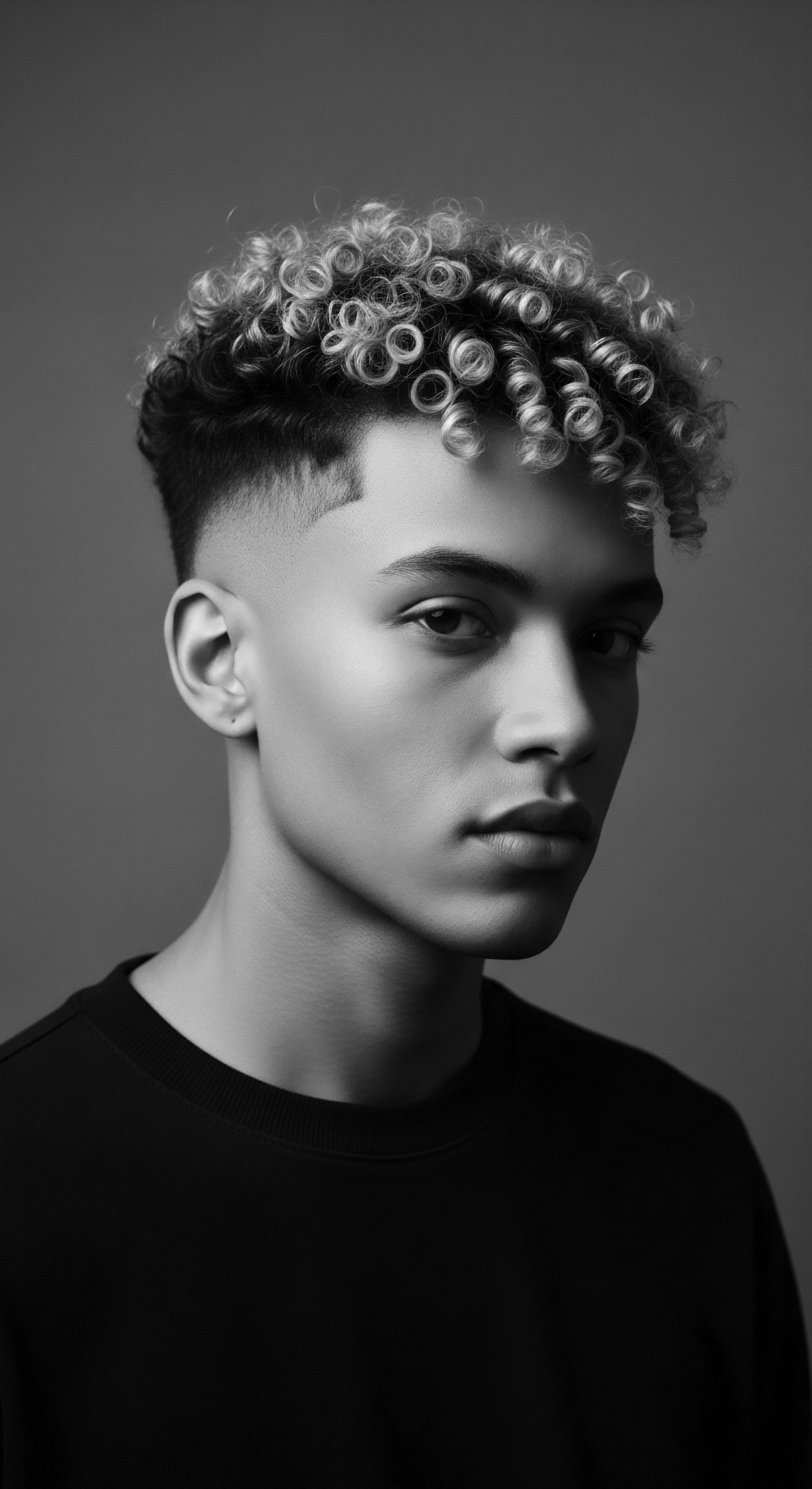
The Sacred Styling Traditions
The rich lexicon of textured hair styling encompasses a vast array of techniques, each with historical roots and cultural resonance. From the intricate cornrows that served as communication maps during enslavement to the protective power of Bantu knots, these styles carried stories and facilitated survival. The process of hair care itself was a social gathering, a time for intergenerational storytelling, bonding, and imparting wisdom.
Children learned from elders, absorbing not just techniques, but the deeper meaning of their hair as a sacred part of their being. This holistic view of hair as deeply integrated with personal and community well-being stood in stark contrast to the emerging legal and institutional perspectives.
Consider the simple act of braiding. In many West African cultures, braids were not simply decorative; they conveyed marital status, age, social standing, and even tribe affiliation. The practice of braiding rice seeds into hair during the transatlantic slave trade provided a vital means of survival, offering sustenance and preserving ancestral farming knowledge.
These traditions, vital to cultural continuity, were systematically undervalued and demonized by early rulings that enforced conformity. The imposition of head coverings, as seen in the Tignon Laws, directly aimed to erase this visual language of identity and heritage from public view.
The very concept of “good grooming” as defined by these early rulings was inherently biased. It favored straight, smooth hair that could be easily managed and styled according to Western norms. This created a climate where textured hair, in its natural state or in traditional protective styles, was deemed a deviation, something requiring correction or concealment.
This societal pressure led to a demand for chemical straighteners and hot combs, tools used to alter hair texture, often with damaging consequences, to meet these imposed standards. These products became symbols of a painful compromise, a capitulation to external pressures for acceptance and opportunity.
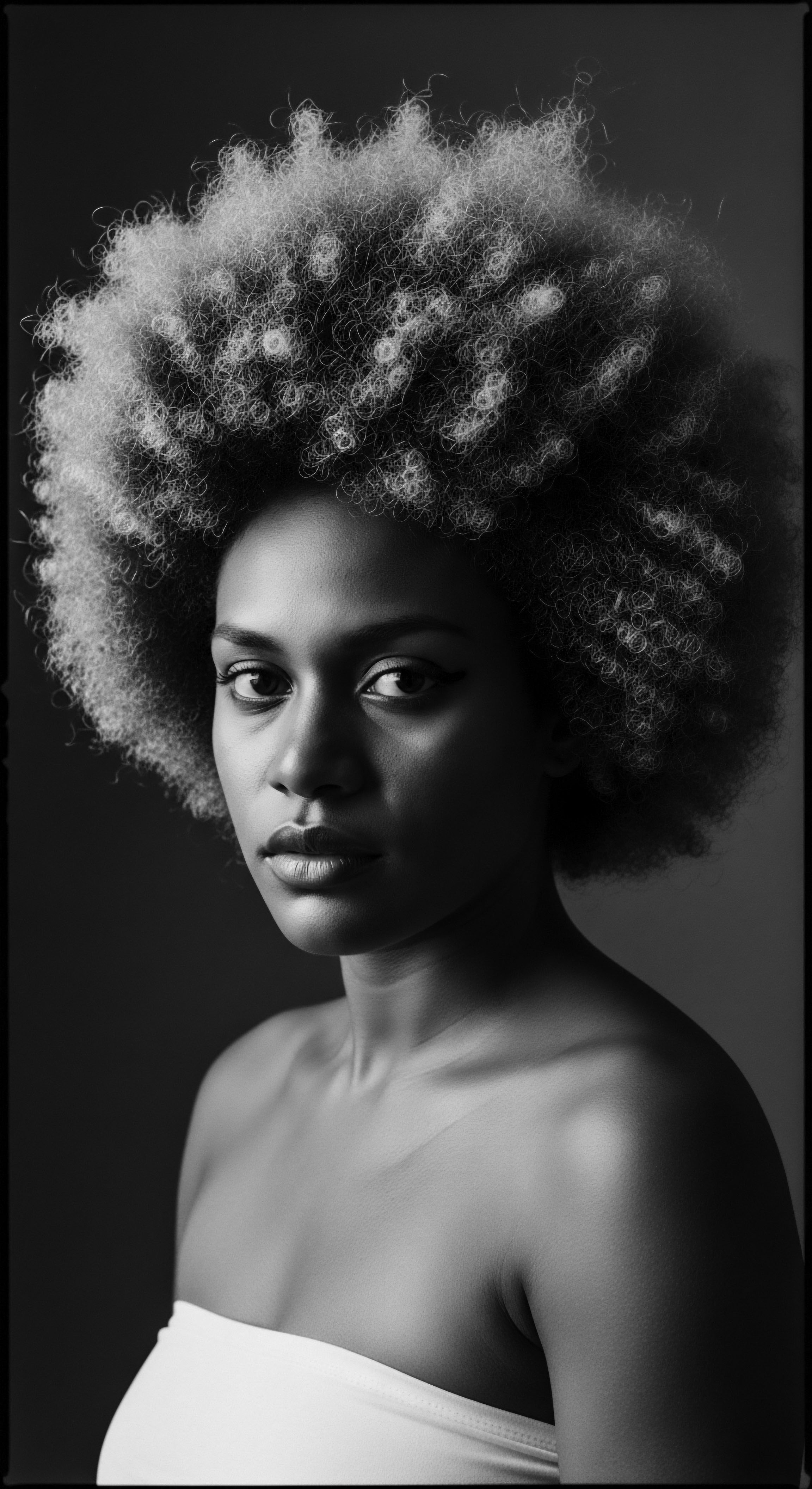
The Weight of External Scrutiny
Early rulings, particularly those in educational and professional spheres, often established dress codes and grooming policies that indirectly, yet powerfully, failed textured hair. These policies, while ostensibly neutral, disproportionately affected Black individuals, enforcing standards that were impossible or detrimental for textured hair to meet without chemical alteration or concealment. For instance, school policies in the 1960s and 1970s often dictated hair length and neatness, a standard that, for boys in particular, became a point of contention and a symbol of rebellion against adult authority. For Black students, these rules carried an additional layer of racial bias, often leading to suspensions or exclusion from school activities for wearing natural hair or protective styles.
Rulings rooted in Eurocentric norms created a pervasive atmosphere where natural textured hair was deemed unprofessional, demanding costly and often damaging alterations.
The professional landscape presented similar challenges. Prior to significant legal challenges in the later 20th century, workplaces often enforced grooming standards that implicitly or explicitly prohibited textured hair in its natural state or in traditional styles. An example often cited is the experience of Beverly Jenkins, who in 1970 was denied a promotion at Blue Cross Mutual Hospital Insurance due to her afro. While a court eventually sided with Jenkins in 1976, determining that afros were protected under Title VII, this ruling was not a broad protection for all textured hairstyles.
Subsequent cases, such as Renee Rogers against American Airlines in 1981, found courts siding with employers who prohibited braided hairstyles, deeming them “mutable” characteristics not protected under anti-discrimination laws. This distinction, between an “immutable” hair texture and a “mutable” hairstyle, became a significant legal hurdle, effectively allowing discrimination to continue.
- Tignon Laws ❉ Imposed head coverings on free women of color in 18th-century Louisiana, suppressing cultural hair expressions.
- Workplace Grooming Policies ❉ Prohibited natural hair or traditional styles, leading to discrimination cases like Jenkins v. Blue Cross.
- School Dress Codes ❉ Often deemed natural hair “distracting” or “unkempt,” resulting in disciplinary actions for Black students.
These rulings, whether legislative or through judicial interpretation, consistently placed the burden of conformity on individuals with textured hair. They created an environment where the ancestral heritage of hair care and styling became a liability rather than a source of pride. The deep ritual of cultivating and adorning textured hair, which had historically served as a marker of identity and a conduit for spiritual and community connection, was forced underground or into painful imitation. The very act of living authentically with one’s hair became a form of resistance against a system that sought to diminish and control it.

Relay
The echoes of early rulings against textured hair reverberate through contemporary experiences, creating a historical continuum of struggle and resilience. These foundational failures in legal recognition and societal acceptance laid the groundwork for persistent discrimination, often masquerading as neutral grooming standards. The insidious impact of these historical precedents is deeply felt in workplaces, schools, and public spaces, underscoring how legal interpretations can entrench biases and affect lived realities across generations. The legacy of these failures extends beyond simple aesthetics; it cuts to the core of identity, belonging, and economic opportunity for Black and mixed-race individuals.
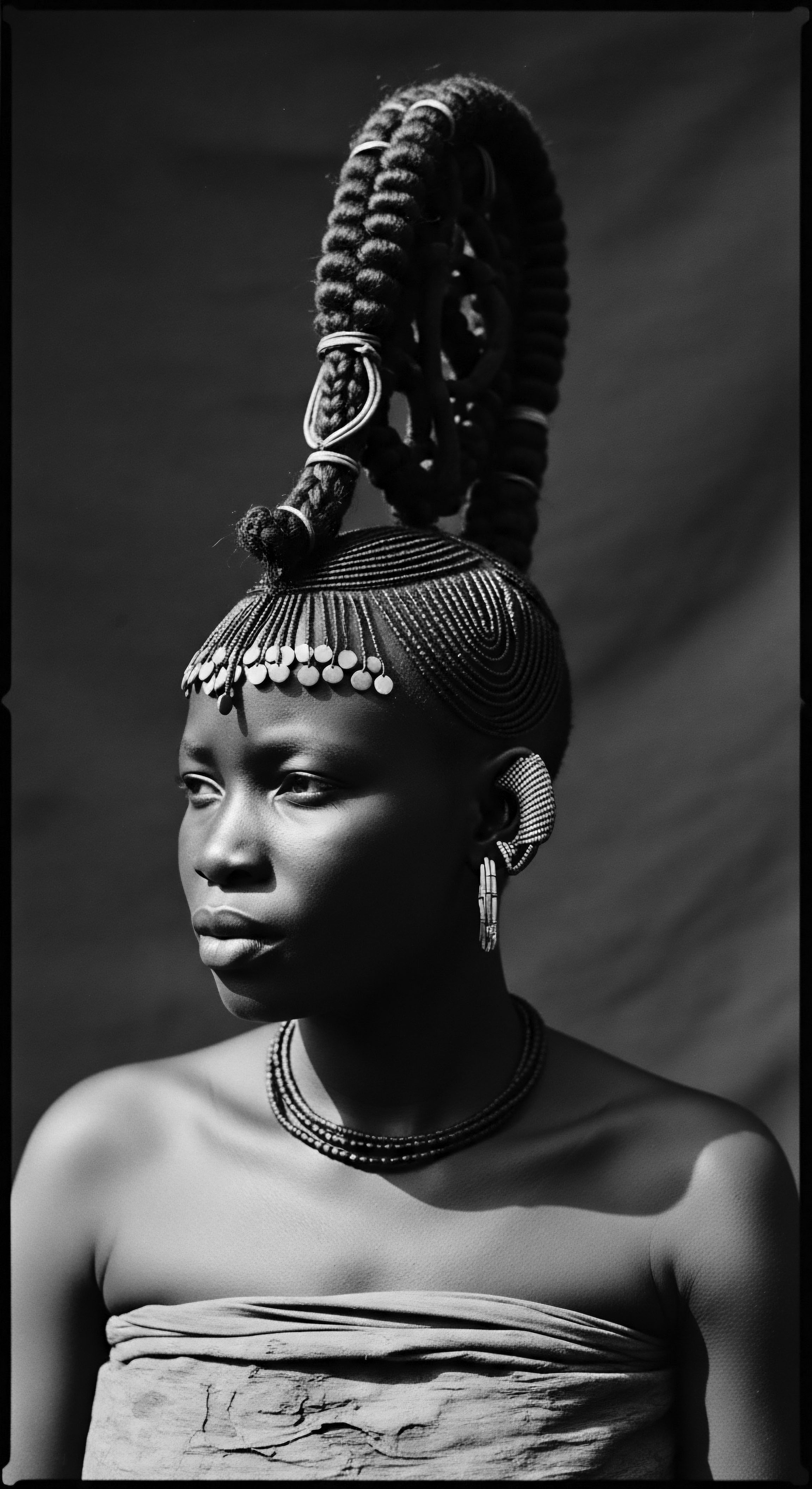
Lingering Shadows of Legal Precedent
The legal landscape concerning textured hair has been shaped by a narrow definition of racial discrimination, often distinguishing between “immutable” characteristics (like skin color) and “mutable” characteristics (like hairstyles). This distinction, upheld in early court decisions, became a critical barrier to protecting traditional Black hairstyles. The 1981 case of Rogers v. American Airlines is a compelling example.
Renee Rogers, a Black flight attendant, challenged American Airlines’ policy prohibiting employees from wearing braided hairstyles. The court ruled against her, asserting that braids were a “mutable” characteristic and therefore not protected under Title VII of the Civil Rights Act of 1964, which prohibits employment discrimination based on race. This ruling, while seemingly focused on a hairstyle, carried a deeper implication ❉ it effectively dismissed the cultural and historical significance of braids to Black identity, treating them as a mere fashion choice, rather than a deeply rooted ancestral practice. Such legal interpretations minimized the racial implications of hair policies, requiring individuals to choose between their cultural expression and their livelihood.
This legal distinction, between inherent hair texture and chosen hairstyle, has created a complex and often contradictory legal framework. While later cases like Jenkins v. Blue Cross Mutual Hospital Insurance (1976) offered some protection for afros as an “immutable” racial characteristic, the broader category of protective styles, such as locs and braids, remained vulnerable to discriminatory policies.
The very notion of “professionalism” in many corporate and institutional settings continued to implicitly align with Eurocentric hair norms, perpetuating a cycle of exclusion. This creates a significant burden, often forcing individuals to chemically alter their hair, with potential health consequences, or risk career advancement.
The legal distinction between immutable hair texture and mutable hairstyles, established in early rulings, allowed systemic hair discrimination to persist for generations.
The ramifications of these legal failures are profound, contributing to educational disparities and limiting economic mobility. School policies, sometimes phrased as “no distracting hairstyles” or “neatness requirements,” have been used to penalize Black students for wearing natural hair or protective styles, leading to suspensions and reduced in-seat learning time. Similarly, workplace policies often serve as a barrier to employment and present and future earnings. This perpetuates a system where conformity to an alien aesthetic is rewarded, while the heritage of textured hair is penalized.

The Cost of Conformity
The pressure to conform to Eurocentric beauty standards, largely a byproduct of these early discriminatory rulings and societal norms, extracted a significant cost from Black communities. The rise of the Black hair care industry, initially fueled by the demand for straightening products, exemplifies this. Innovators like Madam C.J.
Walker built empires addressing the need for products that would help Black women achieve the “socially acceptable” straight hair. While these businesses offered economic empowerment to some, they also highlight a period where the dominant beauty standard dictated how Black people could present themselves to the world.
The struggle for hair autonomy has not been confined to civilian life. Military regulations, too, have historically presented challenges for service members with textured hair. For decades, military grooming policies often failed to accommodate the natural textures and protective styles of Black servicewomen and men, leading to discomfort, scalp damage, and a forced suppression of identity. While some changes occurred in the 1970s with Admiral Elmo Zumwalt’s “Z-grams” that recognized the afro as a symbol of Black pride, earlier policies remained stringent, and later policies often reverted to narrower interpretations.
It was not until 2014, for instance, that the U.S. military revised its appearance and grooming policies to be more inclusive of natural hairstyles that had been previously restricted. This slow evolution underscores the deep-seated nature of the discrimination.
The cumulative effect of these early rulings created a societal landscape where the choice to wear natural, textured hair was often seen as an act of defiance, rather than a natural expression of self and heritage. This compelled many to navigate a complex path of chemical alteration, hair extensions, and wigs, all to fit into a mold that was never designed for their intrinsic hair biology. The psychological toll of constantly adjusting one’s appearance to meet an external, often discriminatory, standard is immeasurable.
- Chemical Straightening ❉ Popularized as a means to achieve Eurocentric hair standards for social acceptance and opportunity.
- Workplace Scrutiny ❉ Continual challenges for Black professionals facing policies that disfavor natural or protective styles.
- Military Regulations ❉ Historically restrictive guidelines that overlooked the unique needs and styles of textured hair.
| Case/Ruling (Year) Tignon Laws (1786) |
| Key Legal Interpretation Mandated head coverings for free women of color in Louisiana to denote inferior status. |
| Impact on Textured Hair Heritage and Communities Directly attacked public display of traditional hairstyles; suppressed cultural expression and identity. |
| Case/Ruling (Year) Rogers v. American Airlines (1981) |
| Key Legal Interpretation Braids deemed a "mutable" characteristic, not protected by Title VII against discrimination. |
| Impact on Textured Hair Heritage and Communities Set a precedent allowing workplace discrimination against specific Black protective styles; reinforced Eurocentric "professionalism." |
| Case/Ruling (Year) EEOC v. Catastrophe Management Solutions (2016) |
| Key Legal Interpretation Locs considered a "mutable" characteristic; employer's refusal to hire for locs not racial discrimination. |
| Impact on Textured Hair Heritage and Communities Affirmed continued legal vulnerability for locs, even as Afros gained limited protection; ignored cultural ties of locs to Black identity. |
| Case/Ruling (Year) These rulings, though varied, illustrate a consistent failure to protect textured hair as a vital aspect of racial and cultural identity, often prioritizing a narrow, Eurocentric aesthetic. |
The ongoing fight for legal protection, seen in the recent CROWN Act legislation across various U.S. states, represents a crucial step in rectifying these historical wrongs. This legislation explicitly prohibits discrimination based on hair texture and protective hairstyles like braids, locs, and twists in schools and workplaces.
The need for such a specific law, centuries after the initial assaults on Black hair identity, speaks volumes about the enduring impact of those early rulings and the deep-seated biases they permitted to flourish. The journey towards full recognition and reverence for textured hair heritage continues, a testament to the resilience of those who have carried this sacred legacy forward.

Reclamation of Autonomy
Despite the historical and ongoing challenges, the narrative of textured hair remains one of powerful reclamation and deep pride. The Civil Rights Movement of the 1960s and 70s saw the afro emerge as a potent symbol of Black power, defiance, and self-acceptance, directly challenging prevailing beauty standards. This movement catalyzed a resurgence of natural hair, affirming its beauty and cultural significance. The deliberate choice to wear one’s hair in its natural state became a political statement, a rejection of forced conformity.
Today, there is a vibrant movement to celebrate textured hair in all its forms, drawing inspiration from ancestral traditions while also creating new expressions. This involves a deeper understanding of hair biology, coupled with an appreciation for its cultural roots. It is a journey of healing from the historical trauma of discrimination, fostering a sense of self-worth and belonging. The emphasis shifts from altering hair to fit external standards to nurturing it in ways that honor its intrinsic nature and its rich heritage.
This cultural resurgence, while facing ongoing battles in legal and social spheres, provides a testament to the enduring spirit of textured hair. It reminds us that beauty, identity, and heritage are inextricably linked, and that the freedom to wear one’s hair authentically is a fundamental right.

Reflection
The story of textured hair, its heritage, and the rulings that sought to diminish it, offers a profound meditation on identity and resilience. Each curl, coil, and loc carries within it the echoes of ancient traditions, the whispers of ancestral wisdom, and the vibrant legacy of communities who understood hair as a sacred extension of self. The failures of early rulings were not simply legal oversights; they were attempts to sever a living, breathing connection to a rich cultural past, to impose a singular, narrow vision of beauty that denied the inherent dignity of diverse forms. Yet, in the face of such systemic disregard, the soul of the strand persisted, finding ways to communicate, to resist, and to reassert its inherent worth.
This journey, from ancient reverence to enforced conformity and now, to a powerful reawakening, reminds us that hair is never merely hair. It is a testament to survival, a canvas for self-expression, and a enduring marker of lineage. Understanding how early rulings failed textured hair demands an introspection into the very nature of bias and the enduring power of cultural inheritance. It beckons us to honor the past not with regret, but with a renewed commitment to upholding the sacredness of every strand, ensuring that the stories woven into textured hair can finally, fully, and freely unfurl.
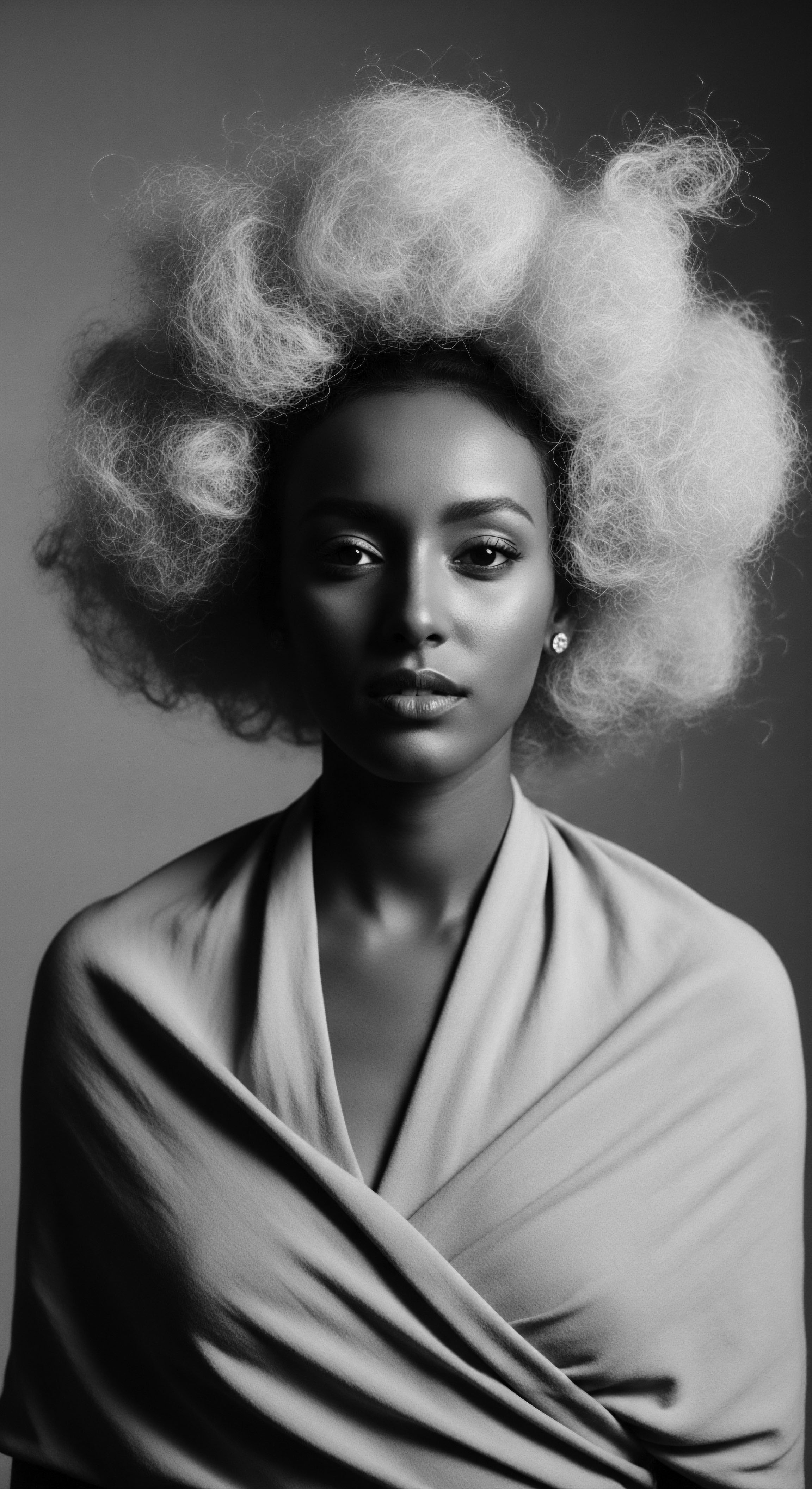
References
- Byrd, A. D. & Tharps, L. R. (2001). Hair Story ❉ Untangling the Roots of Black Hair in America. St. Martin’s Griffin.
- Everett, G. (1966). Free Persons of Color of New Orleans. Louisiana Historical Quarterly, 26(2).
- Johnson, B. & Bankhead, C. (2014). From Slave to Style ❉ The Journey of Black Hair. African American History Series.
- Owens Patton, T. (2006). Hey Girl, Am I More Than My Hair? African American Women and Their Hair. Journal of Communication, 56(4), 577-584.
- Tharps, L. R. (2001). Hair Story ❉ Untangling the Roots of Black Hair in America. St. Martin’s Press.
- Thompson, L. (2009). Black Women and Identity ❉ Exploring the Complexities of Hair. Sage Publications.
- White, S. & White, G. (1995). Stylin’ ❉ African-American Expressive Culture from Its Beginnings to the Zoot Suit. Cornell University Press.
- Yerima, S. (2017). The Imperial Aesthetic ❉ European Beauty Standards and the Devaluation of African Hair. Journal of Cultural Studies, 4(2), 640-655.
